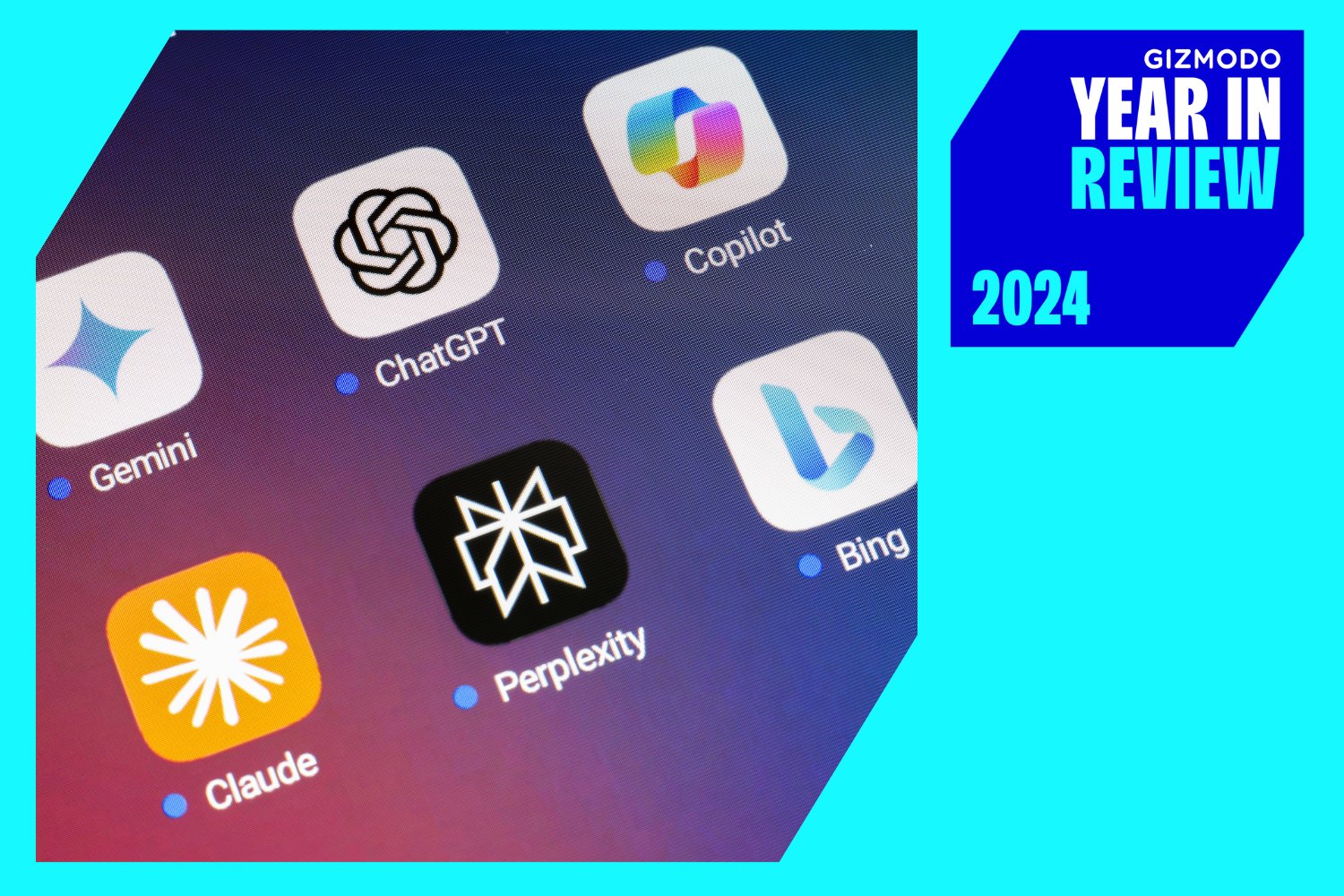Fueling the new MacBook Air and MacBook Pro 13 is Apple’s second-generation processor, the M2. Built on the same platform as its predecessor, the M2 boasts speeds and memory bandwidth to enable significantly faster performance—at least, according to Apple.
We should be getting our hands on the new laptops running M2 in the future, at which point we’ll put the chip through some rigorous benchmarking. In the meantime, we’ll have to take Apple’s word that the M2’s 20 billion transistors will drive significantly faster CPU and GPU speeds than the M1 processor.

Perhaps the most welcome update is support for up to 24GB of LPDDR5 memory, up from the 16GB on the previous chip. While short of the 32GB found on other ultra-portable PCs, the update resolves one of the most glaring limitations of the M1. It also increases bandwidth to 100GB/s, up 50% from the previous generation.
Still based on 5-nanometer technology, the M2 has an eight-core CPU consisting of four performance and four efficiency cores and up to a 10-core GPU, up from the eight-core graphics in the M1.

Apple says its multi-core GPU performance is 18% greater than the M1 and 1.9x faster than a 10-core Windows PC while using only one-fourth of the power. This sophomore chip, with its 10-core GPU, can now supposedly deliver up to 35% faster graphics performance than before. Apple says it is 2.3x faster than integrated graphics in a PC using one-fifth the power, though it didn’t specify which competitor it benchmarked.
In more practical terms, the M2 with Apple’s Metal 3 API can play Resident Evil Village natively at 1080p using MetalFX upscaling and temporal antialiasing, according to Capcom.
Apple boasted about the M2’s efficiency, though the new MacBook Air gets the same battery life as the previous model, topping out at 18 hours when running video playback. That efficiency also enables the MacBook Air to be completely fanless despite bringing 40% faster performance.
We expect Apple to build off the M2 processor later this year when it announces updates to its more powerful Mac and MacBook Pro models.














